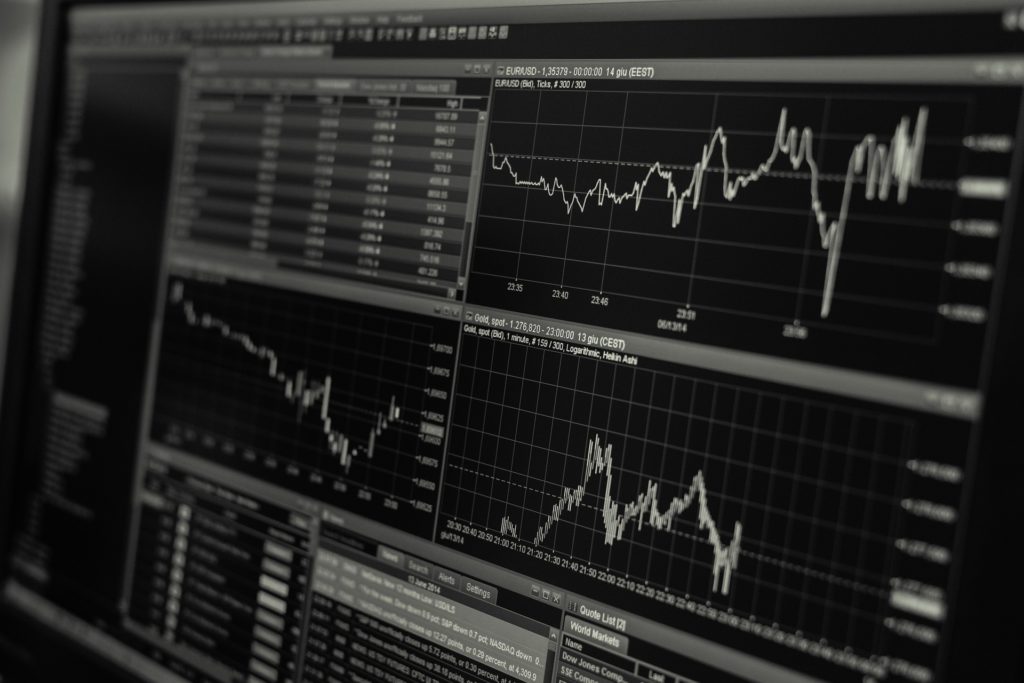Few words more accurately describe the present state of the U.S. economy than ‘historic.’
As of the end of May, the unemployment rate was at 3.8%, with just 6.1 million Americans out of a job. The Dow Jones Industrial Average is currently sitting above 24,000 — a level it never breached before December 2017 — as what some call the longest bull market in history continues. And most recent data indicates we’re still in the midst of a period of robust economic expansion, with GDP steadily growing faster than 2.2% in every quarter but two since midway through 2016.
The White House believes this performance is a sign that the tax reform plan Republicans drafted and President Trump signed into law in December 2017 is already taking effect, while other observers say it’s far too early to attribute the changes — including permanent corporate tax cuts — to the humming economy. Many, such as Nobel Prize-winning economist Paul Krugman, are quick to point out that the level of corporate investment has not increased as expected since the landmark tax revisions went into effect. The same folks are inclined to remind us that the extended economic expansion we’re seeing began during President Barack Obama’s first term.
Is it possible to assign a single cause or to credit one person for the performance of the booming U.S. economy? Probably not. More importantly, are we able to say with certainty where it will go next? Perhaps even less likely. We can, however, make some inferences based on what historical data tells us.
The last time the unemployment rate ended the year below 3.8% (as it is now) was in 1969, the year Richard Nixon was sworn into the White House. The very next year, the economy slipped into a mild recession, and the years that followed were defined by crippling levels of inflation and one of the worst economic downturns the world has ever known, driven primarily by a global energy crisis.
The stock market has been growing for more than nine straight years, during which time it’s more than quadrupled. According to some data, it’s by far the longest bull market in modern history. The second-longest was even more powerful than the current, with the Dow posting 495.2% growth in just over eight years. That bull market ended on August 30, 1929. Two months later, The Great Depression started, which was severe as it was relentless, lasting a whole decade until the eve of the Second World War in 1939.
Of course, two historic data points are not enough to conclude with confidence where the economy will go from here. The cautiously optimistic believe the stock market still has room to grow, while some on Wall Street proclaim it’s just getting started and that the bull market could continue for as much as another decade more.
Meanwhile, the steel and aluminum tariffs imposed by the Trump Administration have already created trouble. The tariffs not only stifle foreign competition in the steel market and render the price of U.S. steel prohibitively expensive, forcing companies to eliminate jobs, but they also invite retaliation from affected foreign entities. Several global economies, including Canada, Mexico, the EU, and China, have already imposed tariffs on products of their own that will end up costing American consumers.
Despite the recent jitters in the markets in response to what may very well result in an all-out global trade war, President Trump has threatened to impose yet another tariff on foreign goods, this time European auto imports. The measure has been decried by key players in the industry, including the CEO of General Motors, who stated that such a tariff would ultimately force her company to scale back its business and that it will likely destroy tens of thousands of U.S. jobs.
Should the tariffs and other policies of American economic isolation create sustained downward momentum on the performance of the markets as many expect, the U.S. economy may very well just have to deal. Commerce Security Wilbur Ross stated on Monday “there’s no bright line level of the stock market that’s going to change policy,” which makes you wonder just how bad the Trump Administration would be willing to let things get before it changed course.
On top of it all, it’s been estimated that Trump’s tax reform adds at least $1.5 trillion to the U.S. deficit, which, if it continues to grow, adds another layer of precariousness to the present U.S. economic situation.
In the end, it’s anyone’s guess whether the historic bull market will continue for another ten years, whether tariffs — both those already imposed and those that have been threatened — will stop our current, frothy bull market in its tracks and send U.S. jobs overseas, or whether the economy will plunge into a recession or a depression. The only thing we know for sure is that economic behavior is cyclical, and we best be ready for anything.
A previous version of this article incorrectly noted that Richard Nixon was voted into office in 1969. He was voted into office in November 1968 and sworn in as President the following January, 1969.

